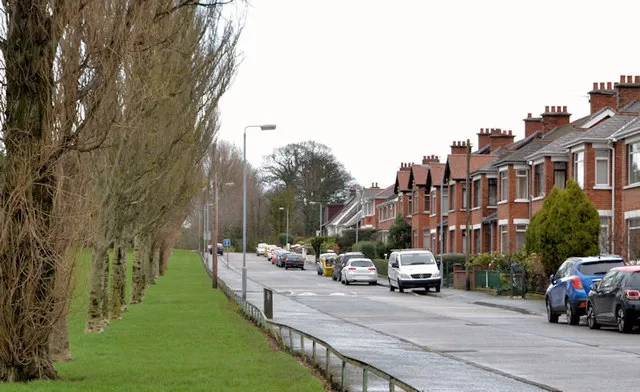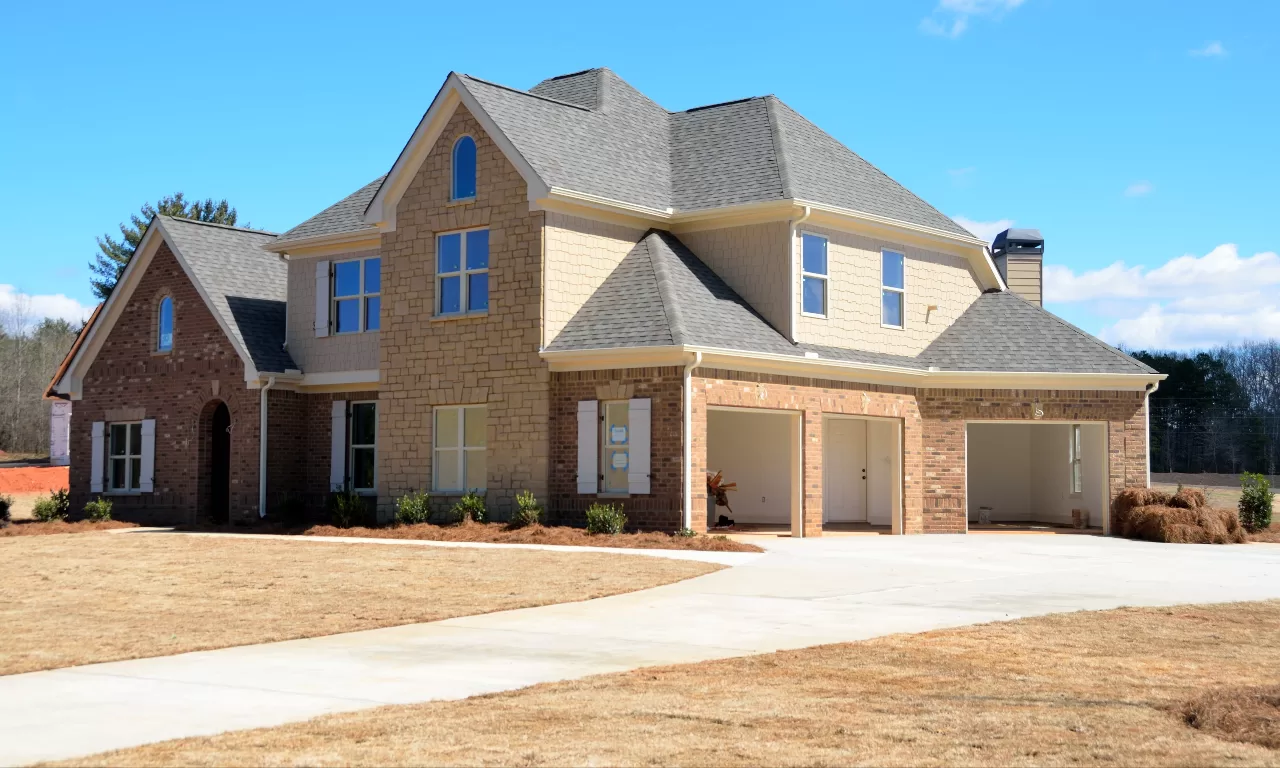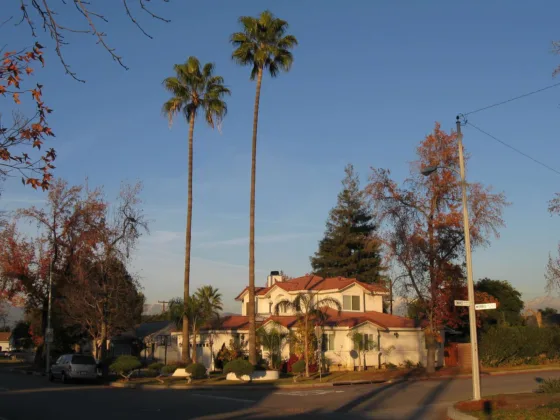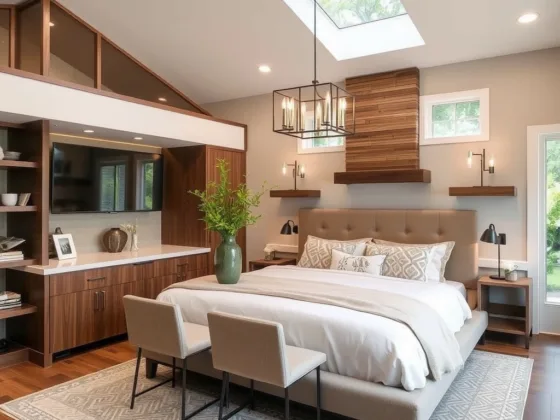Unveiling the Potential: Houston’s Real Estate Market Landscape
The bustling city of Houston, Texas, has long been recognized for its economic dynamism and cultural diversity. As this metropolis continues to evolve, its real estate landscape is undergoing a transformation of its own.

In this comprehensive analysis, we delve into the factors driving the prospective growth in Houston’s residential market, as illuminated by industry leaders who possess a deep understanding of the nuances within the real estate sector.
A Confluence of Factors: Houston’s Residential Real Estate Market
The residential real estate market in Houston stands at an intriguing crossroads, poised for substantial growth. Industry experts point to a confluence of factors that contribute to this auspicious outlook:
Economic Vibrancy and Employment Opportunities: Houston’s robust economy, rooted in industries such as energy, healthcare, and technology, continues to attract a steady influx of professionals seeking new opportunities.
As employment prospects expand, the demand for quality housing options is expected to rise, catalyzing growth in the residential market.
Affordability and Investment Potential: One of Houston’s standout features is its affordability compared to other major metropolitan areas.
This affordability not only entices potential homeowners but also captures the attention of investors looking to diversify their portfolios. The city’s potential for long-term appreciation and rental income creates a compelling proposition for real estate investors.
Urban Revitalization and Infrastructure: The city’s ongoing efforts to enhance its urban landscape and infrastructure have not gone unnoticed. With urban revitalization projects gaining momentum, both the aesthetic appeal and livability of various neighborhoods are improving significantly.
These initiatives inevitably contribute to the overall desirability of Houston’s real estate, making it an attractive option for prospective buyers.
Read Also:
Navigating the Neighborhoods: Micro-Market Insights
Within Houston’s diverse tapestry, each neighborhood possesses its own distinctive character and appeal. Let’s take a closer look at some of the prominent micro-markets and their unique attributes:
The Heights: A Historical Resurgence: With its quaint charm and historical significance, The Heights has been experiencing a resurgence in popularity. The neighborhood’s vintage architecture and proximity to downtown Houston make it a magnet for those seeking a blend of classic and contemporary living.
Montrose: Where Art and Culture Converge: Montrose stands as a testament to Houston’s artistic and cultural diversity.
Known for its eclectic arts scene, vibrant nightlife, and diverse dining options, this neighborhood attracts millennials and creative professionals. As the demand for live-work-play environments grows, Montrose continues to be a hotspot in the real estate landscape.
The Woodlands: Suburban Serenity: For those drawn to the tranquility of suburban life, The Woodlands offers an idyllic retreat. Lush greenery, master-planned communities, and top-tier schools make it a haven for families.
As remote work becomes more prevalent, The Woodlands could see an influx of urbanites seeking a more serene setting without sacrificing connectivity.
Insights from Industry Leaders: Shaping the Future
When gazing into the future of Houston’s residential real estate market, insights from industry leaders provide a compass for potential trends:
Sustainable Living and Green Spaces: Forward-thinking developers and architects are placing a premium on sustainability and green spaces. A
s the global consciousness shifts toward eco-friendly living, Houston’s real estate market is following suit. Homes equipped with energy-efficient features and proximity to parks are gaining traction among environmentally-conscious buyers.
Tech-Enabled Homes: The integration of smart technology within residences is reshaping the concept of modern living.
From smart thermostats that optimize energy usage to home security systems that offer unparalleled peace of mind, tech-enabled homes are garnering attention from tech-savvy buyers who prioritize convenience and security.
Rise of the Suburban Renaissance: While urban living holds its allure, the recent surge in remote work has prompted a reconsideration of housing preferences.
Suburban areas that offer more space, lower costs, and a quieter pace of life are witnessing a renaissance. As commuting becomes less of a daily obligation, these suburban locales are becoming central to the residential market narrative.
Navigating Challenges: A Balanced Outlook
In any real estate analysis, it’s essential to address potential challenges that may impact the market’s growth trajectory:
Supply and Demand Dynamics: While demand is on the rise, ensuring a balanced supply of housing units is crucial. Addressing this dissonance requires collaboration between developers, local authorities, and urban planners to ensure the market doesn’t become oversaturated.
Interest Rate Fluctuations: The real estate market is inherently sensitive to fluctuations in interest rates. As the economy undergoes shifts, mortgage rates can vary, potentially influencing the affordability of homes and affecting buyer behavior.
Urban Planning and Zoning Regulations: Striking a balance between urban development and preserving green spaces necessitates adept urban planning. Zoning regulations play a pivotal role in dictating the trajectory of growth, making it imperative for policymakers to devise flexible and adaptive policies.
The Dynamics of the Rental Market: A Lucrative Avenue
While homeownership remains a cornerstone of the American dream, the rental market is emerging as a robust avenue within Houston’s real estate landscape.
As the city welcomes a diverse workforce and transient population, the demand for rental properties has witnessed a notable surge. This trend is particularly pronounced among young professionals and newcomers who seek flexibility and convenience.
Rental properties not only offer a viable solution for those seeking temporary accommodations but also present an intriguing investment opportunity. Savvy investors are capitalizing on the growing demand for rental units, recognizing the potential for steady income streams and long-term appreciation.
The intersection of affordability and rental demand creates a symbiotic relationship, driving both renters and investors to explore this dynamic market segment.
The Impact of Demographic Shifts: Shaping Housing Trends
The real estate landscape is undeniably influenced by demographic shifts, and Houston is no exception. The city’s evolving demographics are shaping housing trends in unique ways:
Millennials on the Move: Houston’s appeal to millennials extends beyond its employment opportunities. The city’s vibrant arts scene, cultural diversity, and range of recreational activities resonate with this demographic.
As millennials transition into various life stages, from renting their first apartments to seeking family-friendly neighborhoods, their evolving preferences drive the evolution of Houston’s housing market.
Baby Boomers Redefining Retirement: Baby boomers are increasingly redefining what retirement looks like. Instead of traditional retirement destinations, many are choosing to remain in urban environments that offer cultural amenities and convenient access to healthcare services.
This shift has led to the development of age-friendly housing options and communities tailored to meet the needs of active older adults.
Infrastructure Development: Paving the Path Forward
The interplay between real estate and infrastructure development is pivotal in shaping the trajectory of a city’s growth. Houston’s commitment to enhancing its infrastructure is not only evident in revitalized neighborhoods but also in transportation advancements:
Transit-Oriented Development: As urbanization continues, transit-oriented development (TOD) is gaining prominence.
The expansion of Houston’s light rail system and the integration of public transportation options are influencing the location preferences of homebuyers and renters alike. TOD not only reduces commuting stress but also supports sustainable urban growth.
Connectivity and Accessibility: Modern homebuyers prioritize accessibility to key destinations. Proximity to employment hubs, educational institutions, and recreational centers enhances the appeal of residential properties.
Developers are increasingly attuned to these preferences, leading to the emergence of mixed-use developments that seamlessly blend residential, commercial, and recreational spaces.
Embracing Innovation: PropTech’s Influence
The real estate industry is undergoing a technological revolution, and Houston is embracing these innovations with open arms. The rise of property technology (PropTech) is reshaping the way properties are marketed, bought, and managed:
Virtual Tours and Remote Sales: Virtual reality (VR) and augmented reality (AR) technologies have revolutionized the property viewing experience.
Prospective buyers can explore properties from the comfort of their homes, narrowing down their choices before scheduling physical visits. This innovation is especially valuable for out-of-town buyers and those adhering to social distancing guidelines.
Data-Driven Decision-Making: The availability of data-driven insights has transformed decision-making processes for buyers, sellers, and investors.
Real-time market trends, property valuations, and neighborhood analyses empower stakeholders with the information needed to make informed choices. This data-centric approach fosters transparency and efficiency in the real estate market.
A Holistic Approach: Community and Lifestyle
Beyond the bricks and mortar, the concept of community and lifestyle is a pivotal factor influencing Houston’s real estate landscape:
Wellness-Centric Amenities: The demand for wellness-centric amenities is on the rise. Residential developments that prioritize fitness centers, green spaces, and relaxation areas cater to a generation that values holistic well-being. These amenities not only elevate the quality of life for residents but also contribute to the marketability of properties.
Cultivating Social Spaces: In an increasingly digital age, the importance of fostering real-world connections cannot be underestimated.
Residential complexes that offer communal spaces, co-working areas, and social events tap into the desire for meaningful interactions. These spaces enrich the sense of community and contribute to the overall living experience.
Conclusion: Navigating the Evolution
In this comprehensive exploration of Houston’s residential market, it becomes evident that the landscape is a tapestry woven with diverse threads. The city’s economic vibrancy, cultural richness, and commitment to innovation create a foundation for growth and transformation.
As we navigate the complex interplay of economic factors, demographic shifts, technological advancements, and urban development, the prospect of Houston’s real estate market remains undeniably promising.
As industry leaders and stakeholders shape the future, it is imperative to approach this evolution with a balanced perspective. Acknowledging both the opportunities and challenges ensures that Houston’s residential market continues to thrive while maintaining its authenticity and integrity.
With a horizon aglow with potential, Houston’s real estate journey invites both residents and investors to be part of its enduring narrative, one that unfolds with every new development, community, and innovation.









